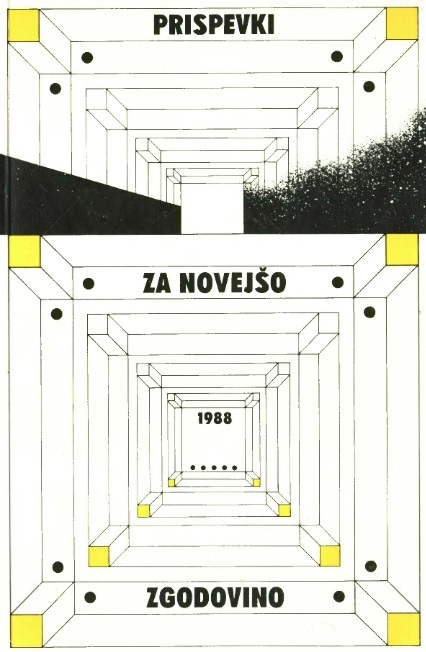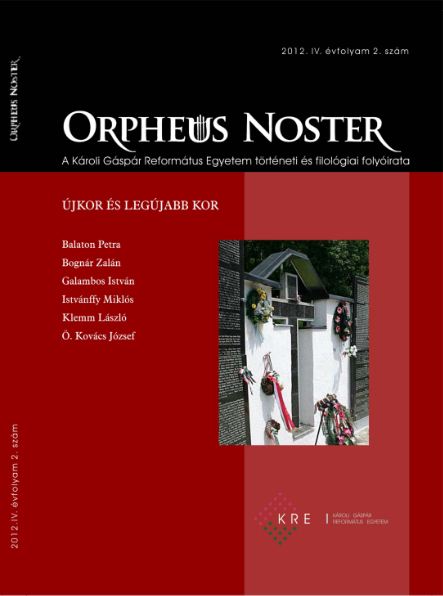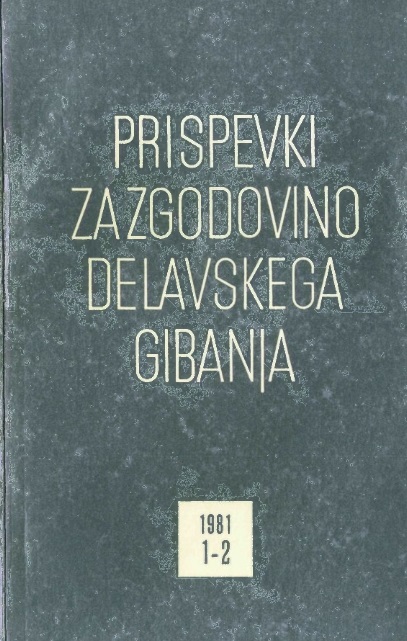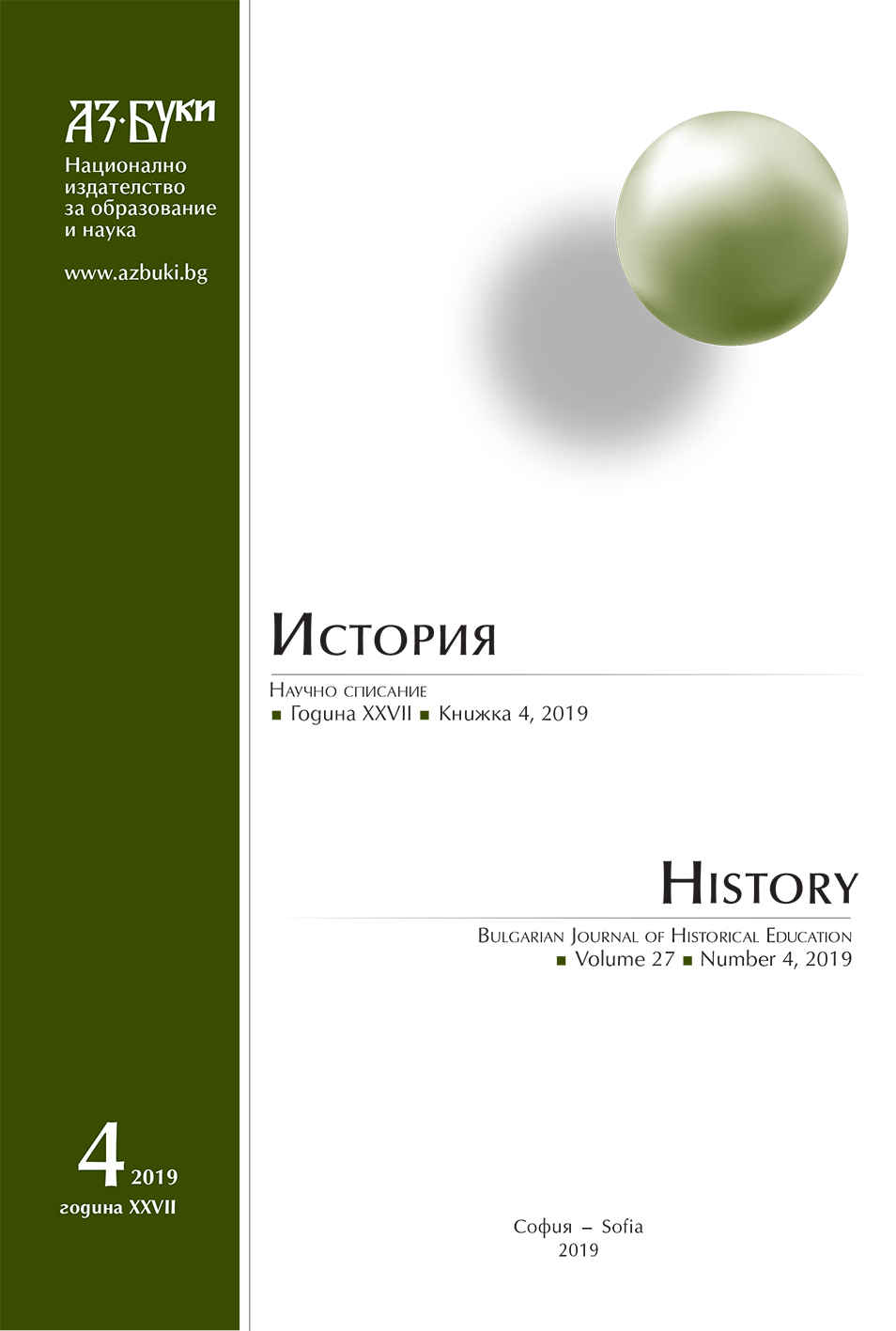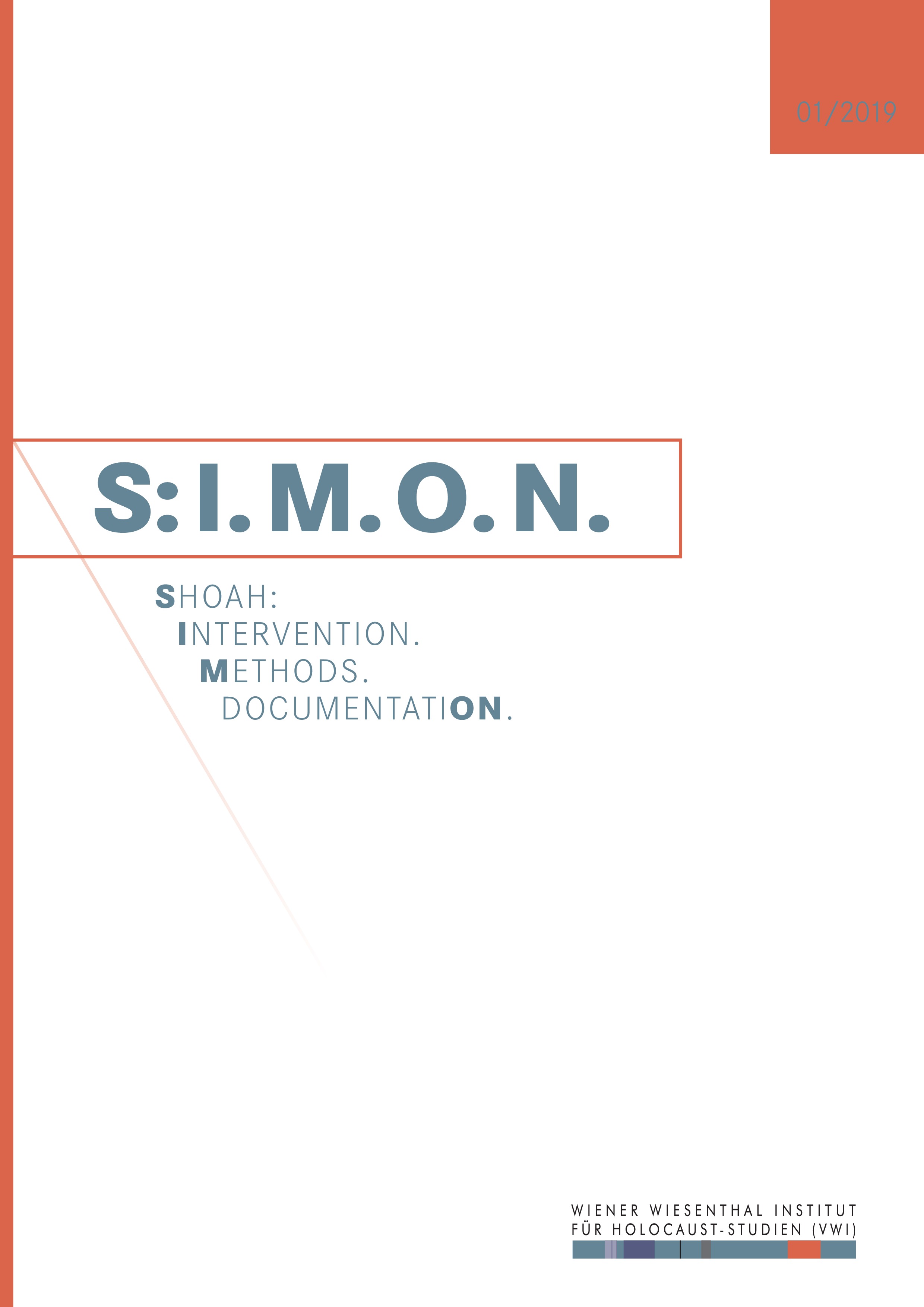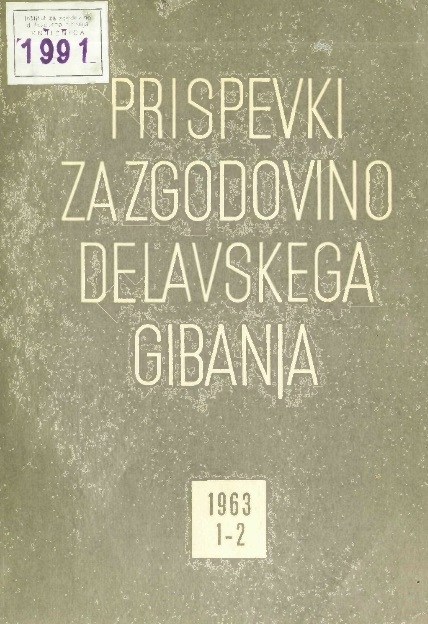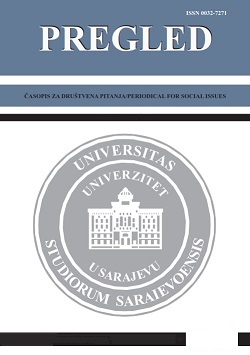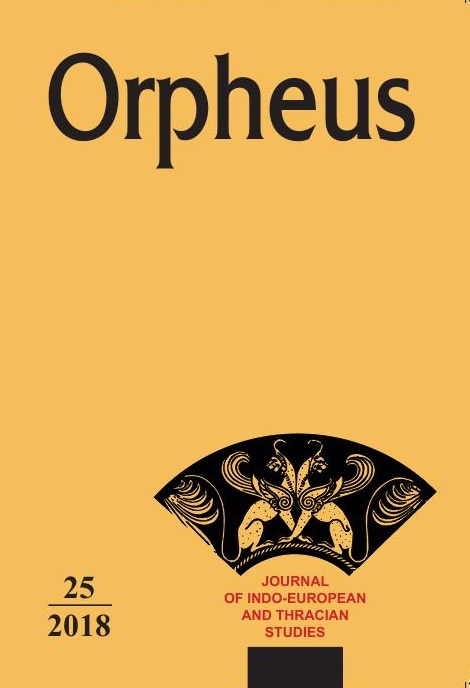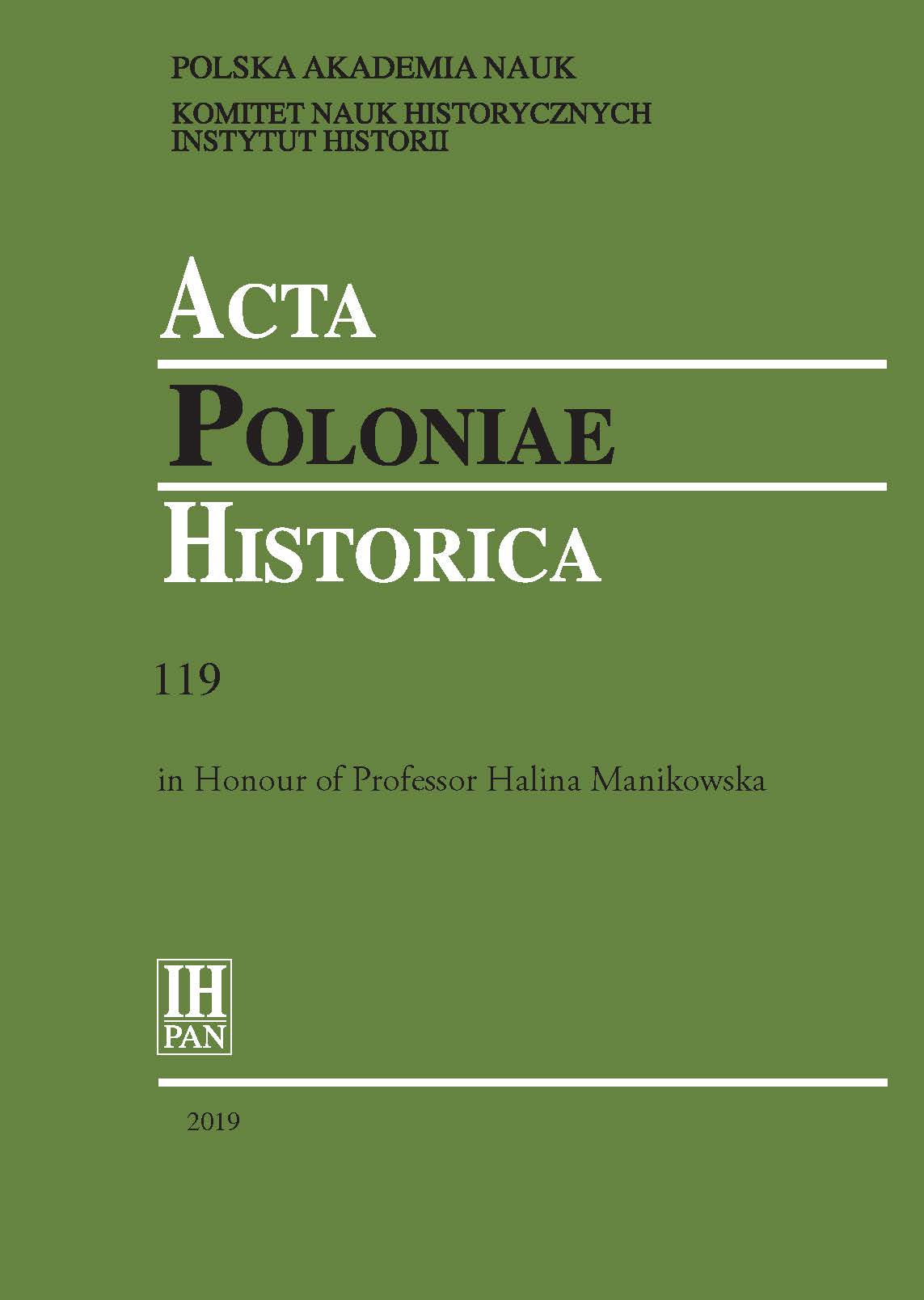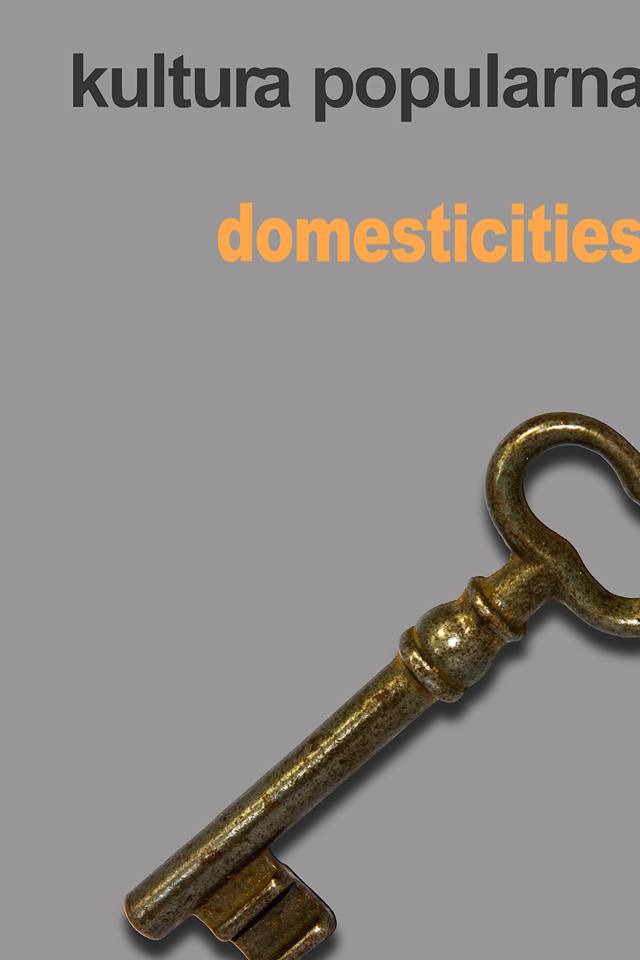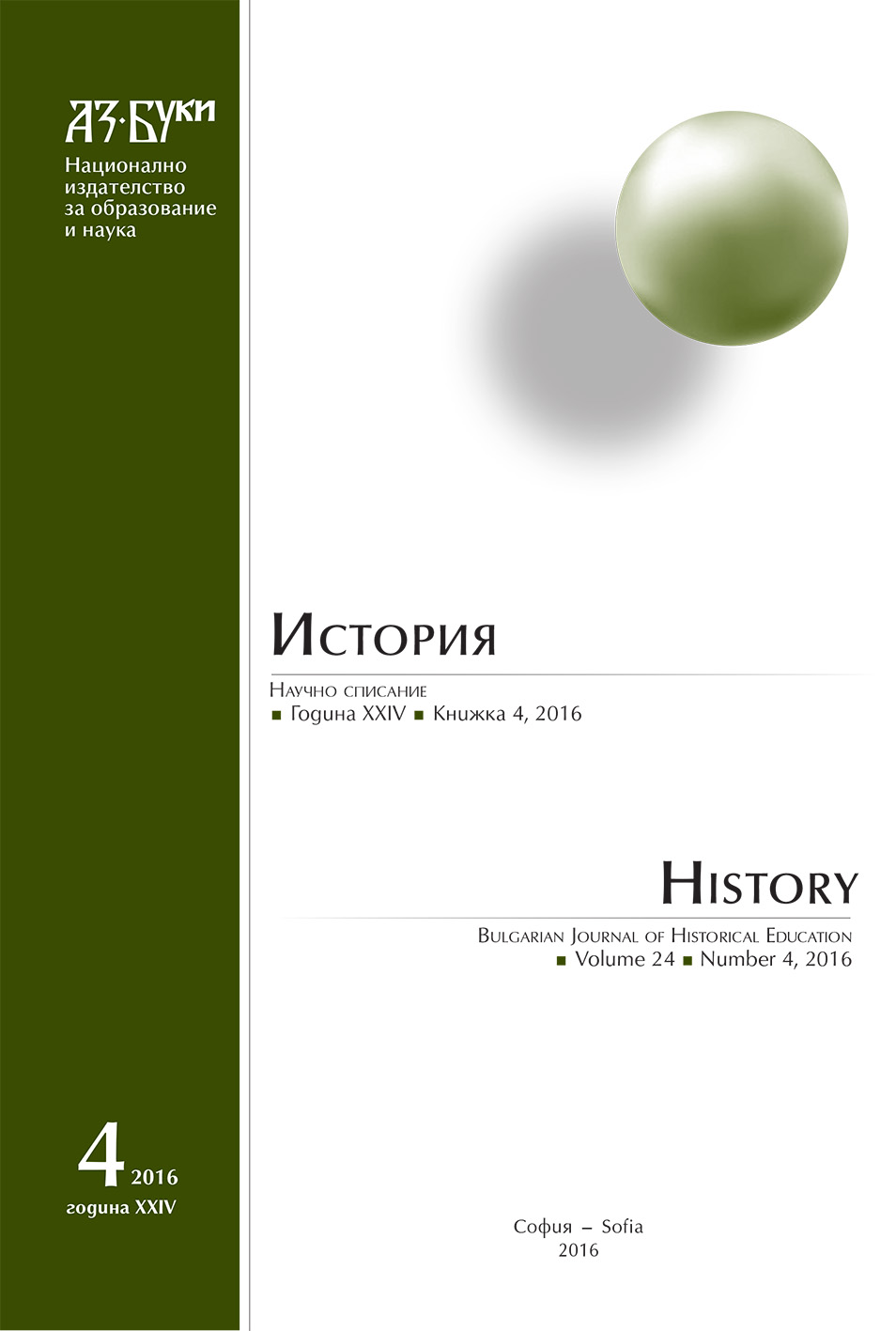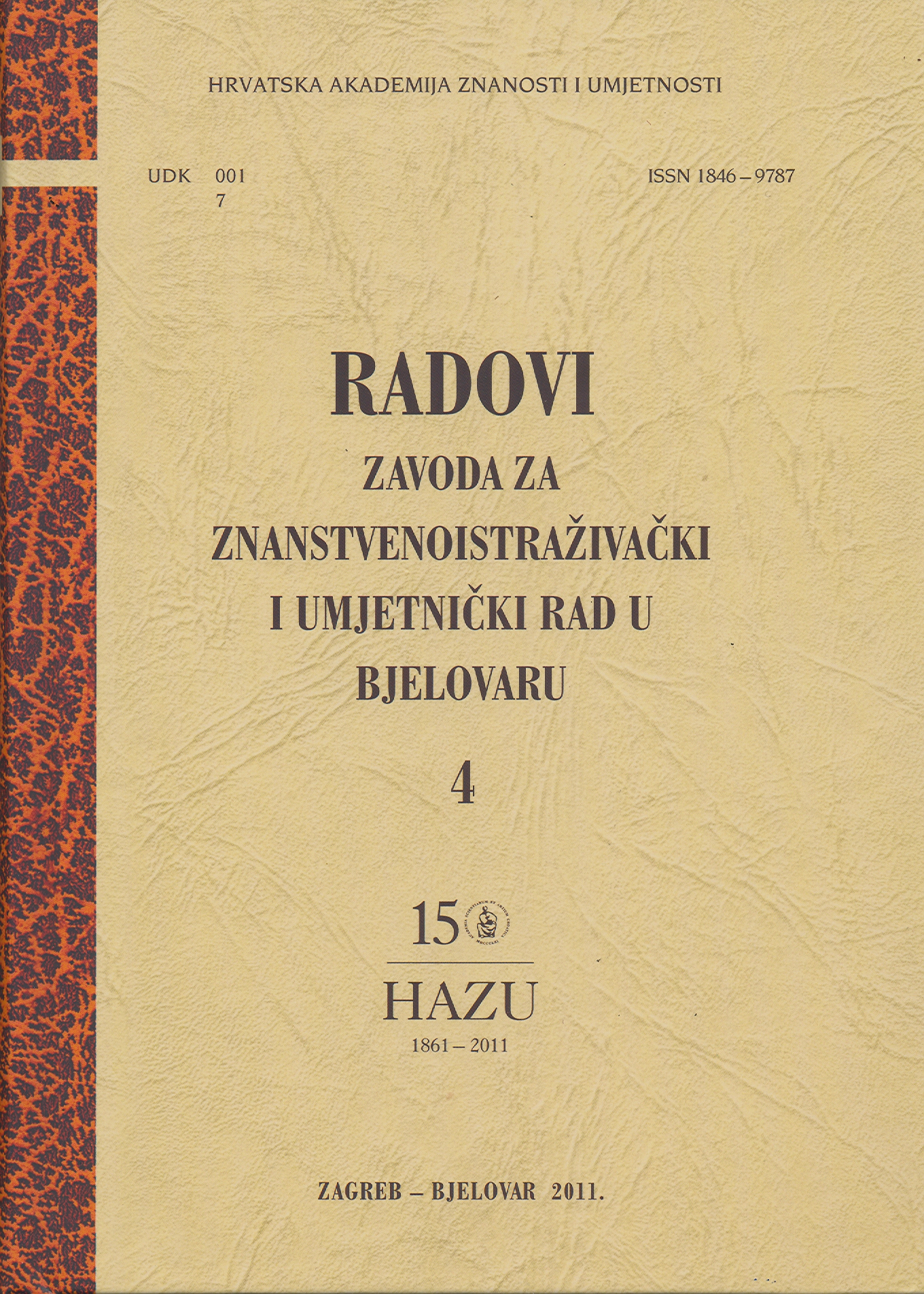
Toponim Garić u povijesnim izvorima
By the analysis of mediaeval documents, it was established that the toponym Garić occurred for the first time in sources in 1163. Since then, throughout the entire period of the Middle Ages, it had marked several terms: place, estate, fort, water (presently: potok Garešnica), mountain (presently: Moslavačka gora), administration area, and the Paulist monastery; it has been recorded in various forms (Garig, Garigh, Garyg, Garygh...). In the majority of sources, the term referred to is clearly stated; nevertheless, in some – particularly the earliest ones – the term to which the toponym Garić refers to needs to be sensed and deciphered. Today, the toponym Garić is almost exclusively connected with the fort (i.e. its ruins overlooking the village of Podgarić). Its mediaeval ambiguity had been lost in the course of time, which occasionally caused confusion in literature: e.g. the Paulist monastery of the Blessed Virgin Mary on Garić is sometimes wrongly located directly at the Garić fort.
More...
